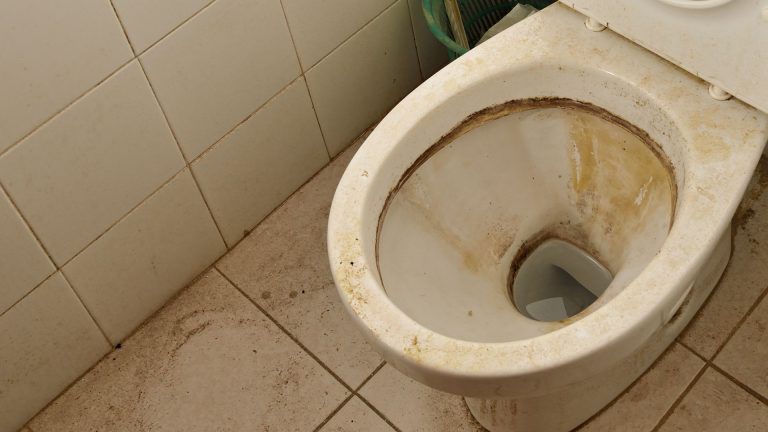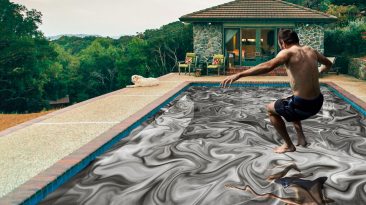Our water supply is limited. By the year 2025, 66% of humans around the world might face water shortages. But I know where to find delicious fresh water. The toilet! What would toilet water taste like? What would happen to your body if you drank it? And why is it something you might have to get used to?
The water that fills the bowl whenever you flush is the same as the water you find in your kitchen tap. But the similarities stop there. As soon as it starts swishing around your porcelain throne, it becomes highly contaminated. And not necessarily because of the direct contact with toilet activities, such as feces, urine or vomit.
Even if this water looks clean and doesn’t taste funny, it can contain 10 trillion bacteria. That’s how much an average person’s stool leaves behind, according to 11 different studies. Not to mention all the chemicals in cleaning products we use to get rid of those bacteria. But let’s imagine you have no water source, except for the one in the toilet. Should you drink it?
Plain and simple, no. Because flushing your toilet doesn’t flush all the dangerous germs in it. If you’re so thirsty you can’t help it, your best bet would be to boil the water to get rid of some bacteria. Or cross your fingers and hope the toilet is 100% clean, as in never been used before. Otherwise, get ready for violent stomach cramps and explosive vomiting and diarrhea.
Some of the most common parasites and bacteria in your toilet can cause fever, bloating and stomach pain. The symptoms start as early as 15 hours after the infection. But they can last up to 70 hours and leave you severely dehydrated. Hopefully, you won’t have to drink toilet water to try and rehydrate after dealing with that. Depending on the number of bacteria in the water, things could get way more serious.
You could poison your blood, leading to a massive inflammatory immune response known as sepsis. It happens when your body tries to fight against infection. And it can be fatal. So why would we start drinking toilet water? Sorry to break it to you. But some people already are. Countries like Singapore and Australia have been using treated wastewater as drinking water.
And soon, we all might have to get used to it. With just 1% of fresh water available and most of it unreachable, we have to start looking for alternatives. If an average city recycled all its wastewater, that could cover 60% of our water needs. Of course, we wouldn’t be drinking toilet water straight from the bowl.
Singapore, for example, cleans wastewater so well they can use it in industrial processes that require pure water. Even in places like San Diego, people are changing their minds. In 2004, 63% of residents opposed adding treated wastewater to the drinking water supply. Almost two decades later, they agreed to a project to purify enough wastewater to provide a third of the city’s drinking water by the year 2035.
Would you be keen to try it? Or would you keep looking for other sources of hydration? How about getting the salt out of the ocean instead?
Sources
- “Here’s Your Regular Reminder That We’re Already Drinking Sewage”. Megan Wood. 2019. voiceofsandiego.org.
- “Drinking Toilet Water: The Science (And Psychology) Of Wastewater Recycling”. Sam Lemonick. 2013. earthmagazine.org.
- “Is Drinking Toilet Water Bad For You?” 2022. isitbadforyou.com.
- “Why We All Need To Start Drinking Toilet Water”. Marcus Woo. 2016. bbc.com.
- “Is Toilet Water Clean After Flushing? The Toilet Truth Will Set You Free.”. 2022. simplecleanhome.com.


















